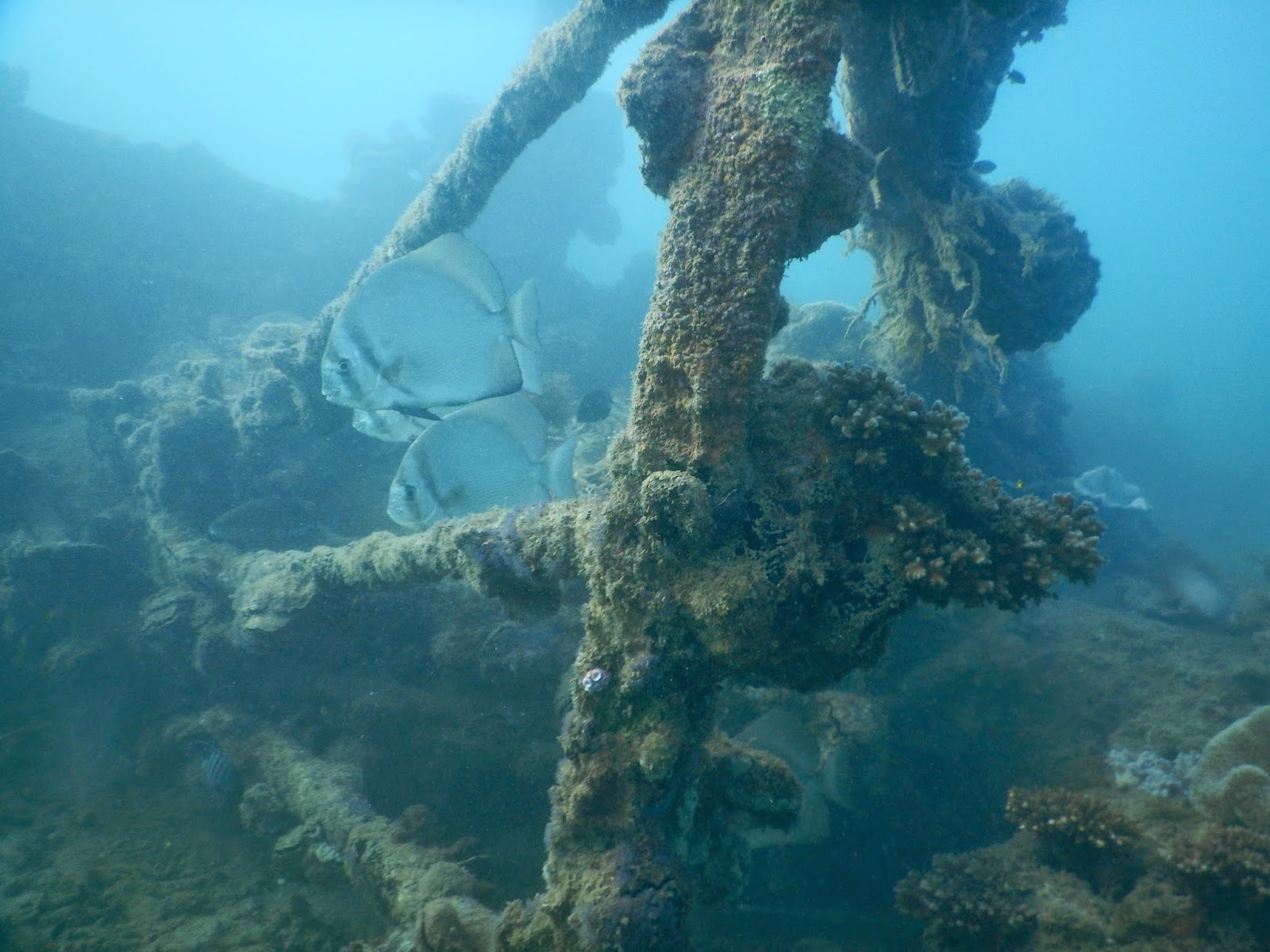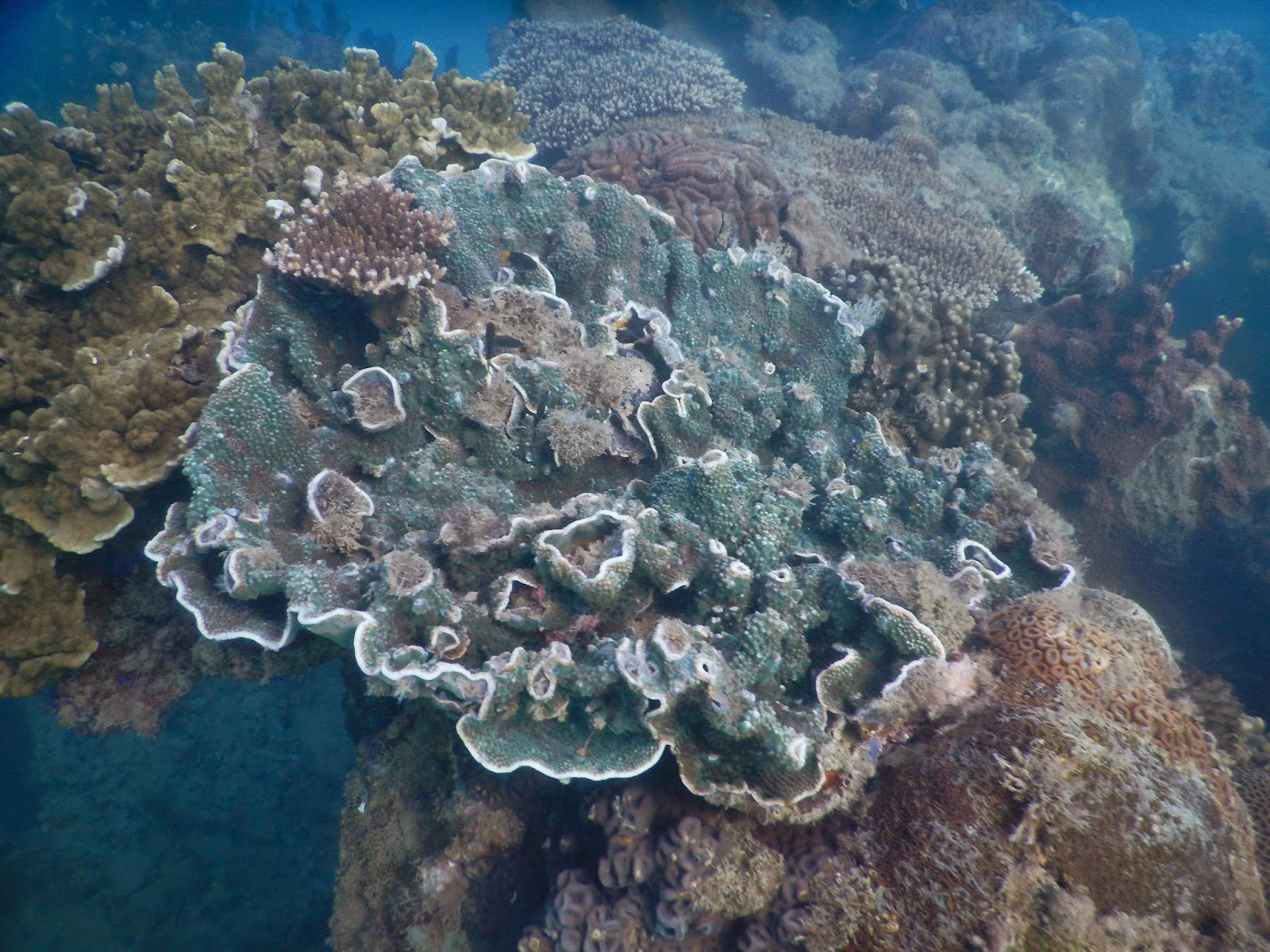We arrived late Friday night, but straight away we braved the cold of Sydney winter in our jumpers and made the long walk from our hostel to the harbor and beheld...
The Sydney Opera House! at night!
And of course the lovely Harbor Bridge!
We wandered the streets a few hours in the cold, and then called it a night!
I decided a few hours in the big city was too much for me and so the next morning I woke up early and caught a bus at 6:30 am to the Blue Mountains north of Sydney. I left Katelin to tour Sydney by herself. It's ok, she's a teacher-scientist who grew up in Brooklyn, and I knew she could handle navigating the city on her own.
For me, my first stop was:
My tour guide was amazing, and we got to the Wildlife Park before the park was even officially open. Our small group of 12 had the entire wildlife park to ourselves.
To be honest, the most impressive aspect of the park was the bird collection. In this small park there was literally over a hundred species of native Australian birds. And since it was morning, they were LOUD. In the following video, I am observing a few parrots.
Nut most people are more interested in the large charismatic mammals, especially the marsupials.
Wallabies were everywhere. And you could feed them from your hand. In fact they had many species of wallabies just wandering around freely. The big guys though, the kangaroos, they had to keep behind a fence, because they can hurt humans. Here are some wallabies eating their breakfast. There was nothing between me and the wallabies when I filmed this. In fact I was able to pet some of them!
But perhaps one of my favorite moments was getting my picture taken with a koala!
I saw all of Australia's unique animals in one place: wallabies, kangaroos, Tasmanian devil, wombats, flying foxes, spotted quoll, koalas, and dingos, just to name a few!
 |
| Dingos! |
 |
| Dingo puppies at play! |
 |
| Lazy kangaroo. |
Then we went to another amazing overlook:
Photos simply don't do it justice. The space was so wide and expansive. I felt as though I had never seen so far and wide in my life.
Most of group then boarded a sky tram across the canyon at this point. (Note the wire in the picture above.) However, I opted to skip the sky tram and instead take a walk with an aboriginal tour guide to learn more about the land, his people, and the mythologies and history of this beautiful place.
The tour was very personal, with just me and one other American tourist from LA. The white marks on our face was his demonstration of how to make facepaint using powdered limestone rock from the cliffs and water. His stories were haunting and magical and shall stay with me a long time. It was my only encounter with some of aboriginal ancestry in Australia during my entire six week stay, and I am very grateful for the opportunity to just get a small taste of this unique and rich perspective and culture. (Obviously there are hundreds of tribes and cultures, and really I only had exposure to one.)
Next our tour guide took us to a place that felt like the top of the world. This place was called the King's Tableland. The view here was insane. A great place to end the day.
After a day of hiking and adventures, I took the bus and a ferry back to Sydney and rejoined Katelin, who was returning from The Lion King!!!
The next day I pretty much ran all over Sydney, trying to pack all of Sydney into a day.
Here once again is the lovely Sydney harbor:
And a better view of the Harbor Bridge during the day:
I took a tour of the inside of the Opera House, as did Katelin. It was amazing inside. The architecture really is supreme. The outside and inside coexist in harmony. The interior has a cathedral-like feel, yet modern and timeless. I can't describe it. Pictures are better. Here is one example of this tremendous space:
After the tour I grabbed some fish and chips, and then made a dash through the botanical gardens.
And then don't ask me how I fit this in, but I took a bus to Bondi Beach, and ran from Bondi to Coogee. I ran because I didn't have time to walk!
I was very impressed with the weathering process in the limestone rocks!!
Oh and somewhere in Sydney I ran into my husband, but I left him behind there because I had to get back to the lab and go to work!


















































